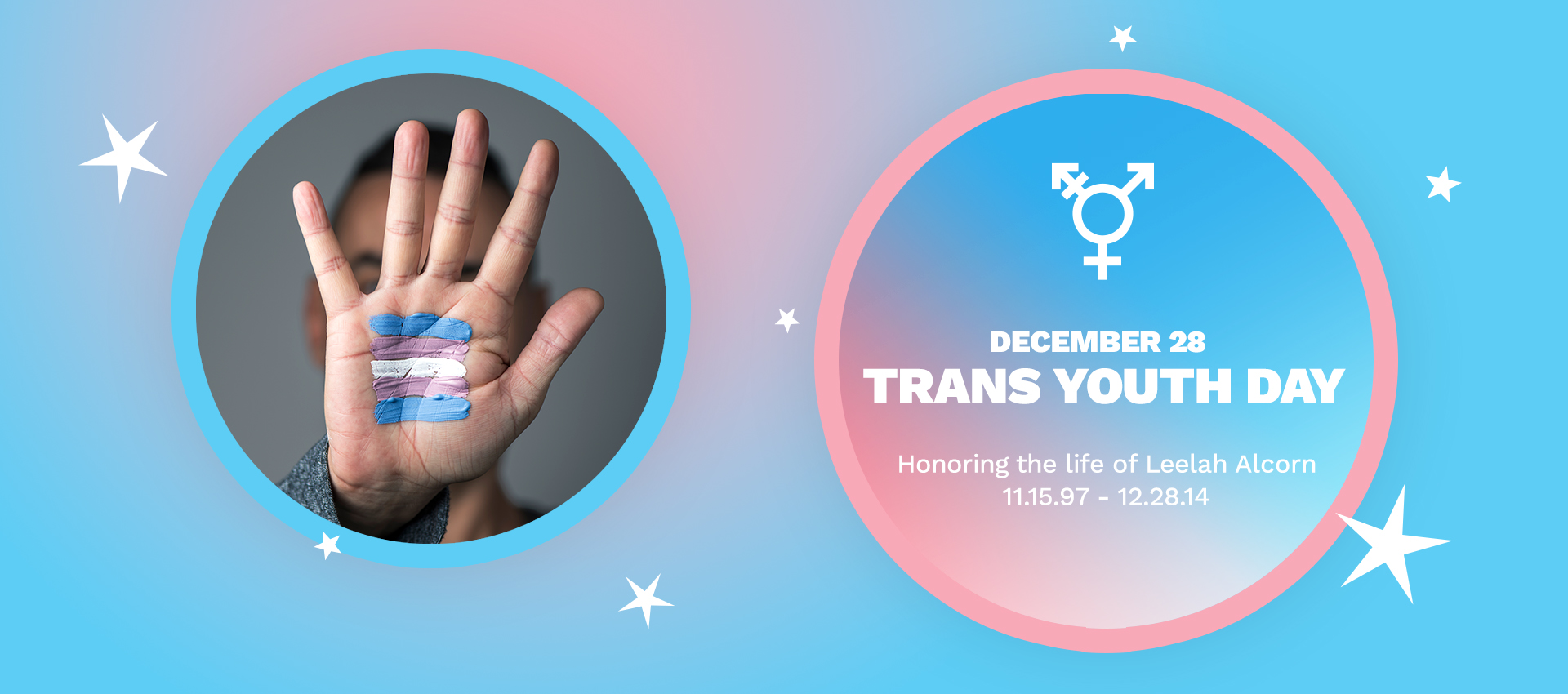Did you know that an estimated 12.4% (37.9 million) of American adults currently live in poverty and that the rate of child poverty more than doubled in 2022?
What is Poverty?
In the U.S. poverty is defined as having a yearly income of $13,590 for individuals and $23,030 for a family of three. The sharp increase in poverty in 2022 can be attributed to the end of pandemic safety net programs, including direct financial aid from the government. In addition to the end of government aid, the sharp rise in poverty is also a result of inflation and the increase in the cost of living.
In addition to the Federal Poverty Rate (FPR) noted above, there is also another measure of poverty called the Supplemental Poverty Measure (SPM). Unlike the Federal Poverty Rate, the Supplemental Poverty Measure takes into account not only income but also differences in cost of living and the impact of anti-poverty programs. The SPM takes a more holistic approach to estimating the poverty rate by including essential items and services like food, rent, and utilities in the calculations.
Social Determinants of Health
Poverty is much more than a lack of financial resources as it affects every aspect of a person’s life and is an intersectional issue. Social determinants of health (SDOH) are the environmental conditions that we are born into, live, and work that impact a wide range of quality of life outcomes and risks.
Living in poverty largely determines one’s access to and quality of education, employment, housing, nutrition, transportation, and more. For example, people who don’t have access to healthy foods due to the higher cost or being located in a food desert are less likely to have good nutrition because of the environmental conditions in which they live. Individuals without access to good nutrition are much more likely to suffer from chronic health conditions like heart disease or diabetes due to these social determinants of health.
Most Impacted
Like most inequities, poverty affects the most marginalized communities the hardest. Rates of poverty are disproportionately higher among Black, Indigenous, and other communities of color, women, people with disabilities, and children. In fact, children of color are the most significantly impacted by poverty and the effects can last a lifetime. Research shows that children living in poverty have differences in brain development that are critical for things like learning, communication, and memory.
Furthermore, children impacted by poverty are much more likely to attend underfunded schools that lack the needed resources to adequately support all students regardless of learning differences. This is one of the reasons why drop-out rates of adolescents living in poverty are higher than their economically stable peers.
Fighting Poverty
If you or someone you know is living in poverty, please reach out for help!
- Visit the PA Department of Human Services to learn about their assistance programs and how you can apply.
- Contact 211 for information about more community-based supports and resources by visiting their website, calling 221, or texting your zip code to 898211.
Other ways you can help to fight poverty include:
- Volunteering or donating to organizations that assist low-income individuals and families.
- Donating supplies to local under-resourced schools.
- Supporting policies and laws that help to improve the social determinants of health for the most marginalized including universal healthcare, raising the minimum wage, providing affordable housing, increasing resources for public education, and increased funding for support programs like Headstart and the Supplemental Nutrition Assistance Program (SNAP).
Take control of your health today by finding a healthcare provider near you!



